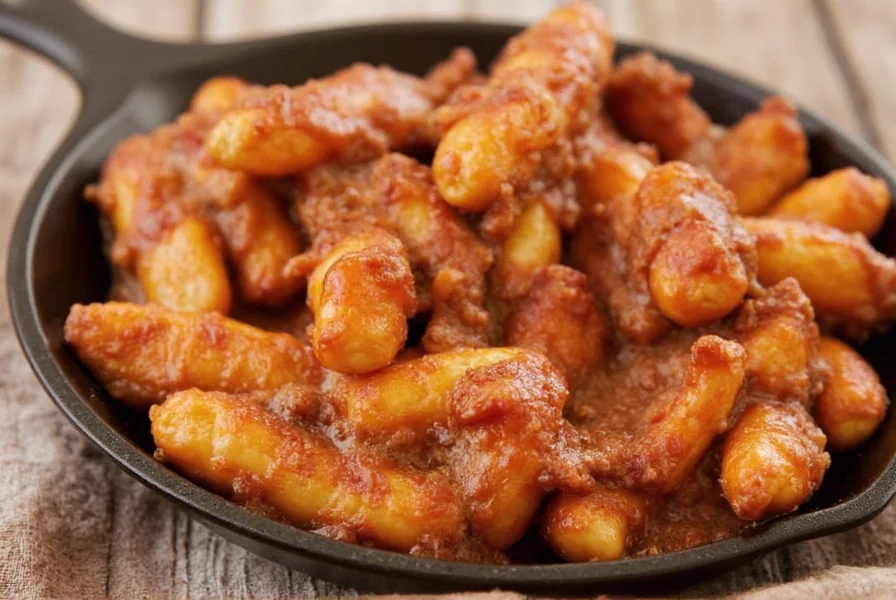
Chipotles are smoke-dried ripe red jalapeño peppers known for their smoky flavor and moderate heat. They're a staple in Mexican cuisine and widely used in sauces, rubs, and marinades. The word "chipotle" comes from the Nahuatl (Aztec) language, meaning "smoked chili."
Table of Contents
- Introduction
- What Are Chipotles?
- Flavor Profile & Heat Level
- How Are They Made?
- Chipotles vs. Other Chilies
- Buying Guide
- Cooking Tips
- Uses in Cuisine
- Storage Tips
- FAQs
- Conclusion
What Are Chipotles?
Chipotles are simply smoke-dried jalapeño peppers. Ripe red jalapeños are slow-smoked over wood fires (typically mesquite or pecan) until dry and wrinkled, creating their signature smoky aroma and complex flavor profile.
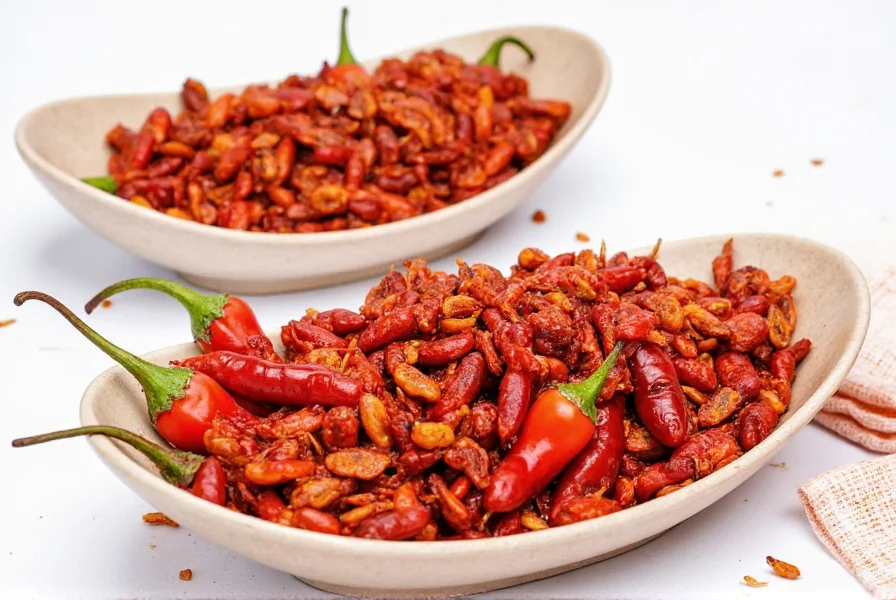
Flavor Profile & Heat Level
Chipotles deliver a balanced combination of earthy smokiness and moderate heat. Their Scoville rating ranges from 2,500 to 10,000 SHU, making them approachable for most spice lovers while still providing noticeable warmth.
| Pepper | Scoville Units |
|---|---|
| Jalapeño (Fresh) | 2,500–8,000 SHU |
| Chipotle (Dried) | 2,500–10,000 SHU |
| Hatch Green Chile | 1,000–15,000 SHU |
| Ancho/Poblano | 1,000–2,000 SHU |
How Are They Made?
Traditional chipotle production involves a meticulous smoking process:
- Ripe red jalapeños are harvested and placed in smokehouses with hardwood smoke (mesquite, hickory, or pecan).
- Over 2-5 days, they slowly lose moisture while absorbing rich smoky flavors.
- Once fully dried, they're sorted and packaged as whole peppers, powder, or canned in adobo sauce.
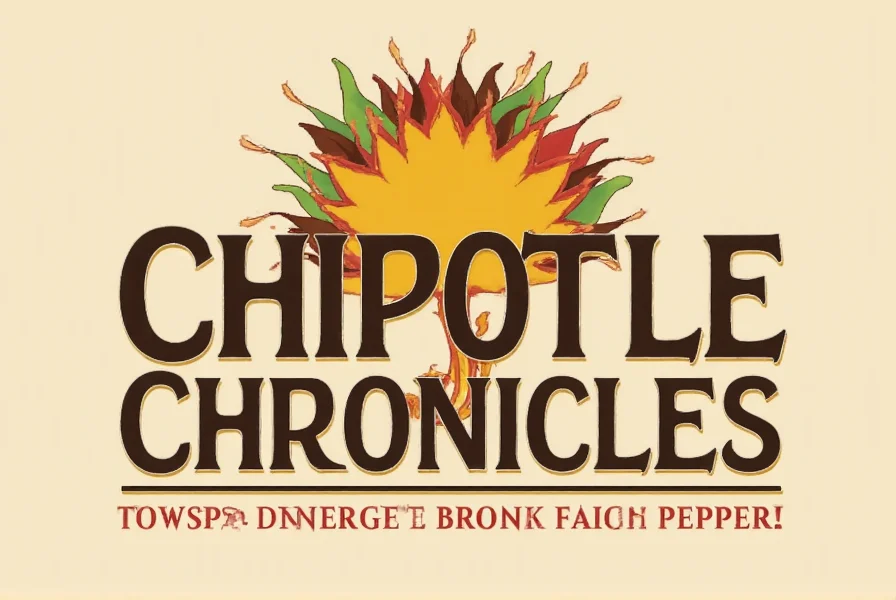
Chipotles vs. Other Chilies – Key Differences
Chipotles stand out due to their unique smoky profile compared to other peppers:
| Chili | Flavor Profile | Heat Level | Best For |
|---|---|---|---|
| Chipotle | Smoky, earthy, sweet-spicy | Moderate (2,500–10,000 SHU) | Sauces, stews, rubs, marinades |
| Ancho (Poblano) | Fruity, nutty, mild chocolate notes | Mild (1,000–2,000 SHU) | Mole sauces, soups |
| Guajillo | Tangy, berry-like, tea notes | Mild to moderate (2,500–5,000 SHU) | Salsas, marinades, moles |
| Habanero | Fruity, floral, super spicy | Very Hot (100,000–350,000 SHU) | Hot sauces, extreme spice lovers |
Your Ultimate Buying Guide to Chipotles
Chipotles come in three primary forms, each suited for different culinary needs:
1. Whole Dried Chipotles
- Features: Authentic texture, great for rehydrating and blending into sauces.
- Advantages: Versatile; allows full control over flavor extraction.
- Use Cases: Homemade adobo sauce, soups, stews.
2. Chipotle Powder
- Features: Ground version; instant flavor boost.
- Advantages: No prep needed; easy to incorporate into dry rubs.
- Use Cases: Seasoning meats, popcorn, spice blends.
3. Chipotle in Adobo Sauce
- Features: Canned whole chipotles in tangy tomato-based sauce.
- Advantages: Ready to use; sauce enhances flavor complexity.
- Use Cases: Stir-fries, marinades, dressings, mayo mixes.
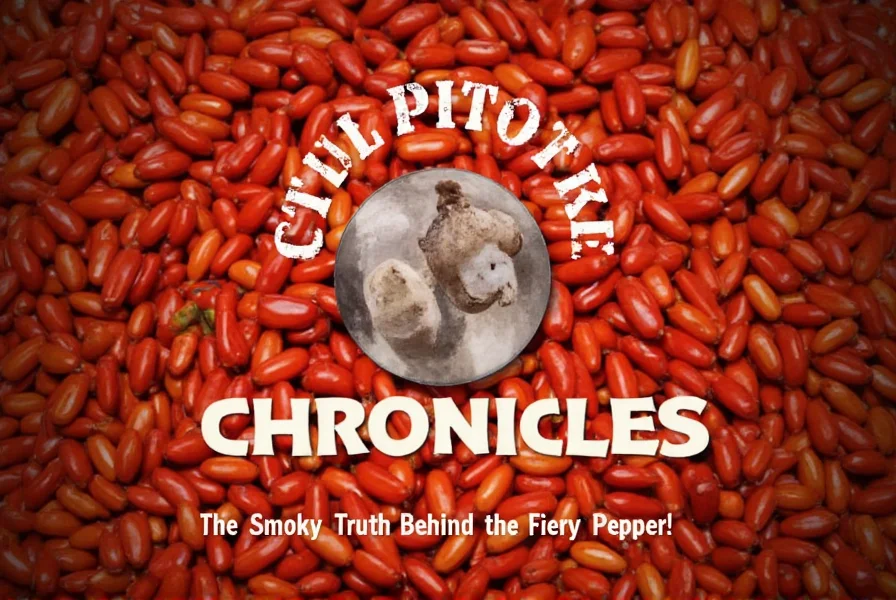
Top 5 Cooking Tips Using Chipotles
- Rehydrate Before Blending: Soak dried chipotles in warm water or broth for 20–30 minutes for smoother sauces.
- Start Small: Chipotles are potent; begin with one pepper or ½ tsp powder, then adjust to taste.
- Toast for Depth: Lightly toast dried chipotles in a dry skillet before grinding to intensify smokiness.
- Balance with Acid: Add vinegar or citrus juice to creamy preparations to cut through richness.
- Experiment in Desserts: A pinch of chipotle powder enhances chocolate desserts with unexpected complexity.
Where Can You Use Chipotles?
Chipotles elevate diverse cuisines beyond traditional Mexican dishes:
- Meat Rubs: Combine chipotle powder with cumin, garlic, and brown sugar for steak or brisket.
- Salad Dressings: Blend with Greek yogurt, lime juice, and honey for smoky ranch dressing.
- Pasta Sauces: Add adobo sauce to cream-based pasta for a surprising twist.
- Popcorn: Toss with melted butter and chipotle powder for spicy snacks.
- Desserts: Mix with dark chocolate ganache for a sophisticated treat.
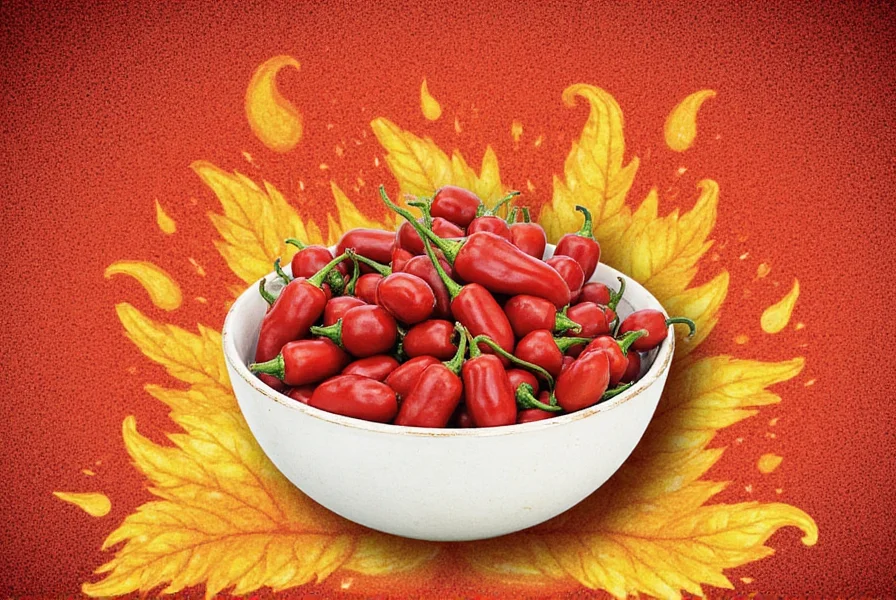
How to Store Chipotles Like a Pro
- Whole Dried Chipotles: Airtight container in cool, dark place for up to 6 months.
- Chipotle Powder: Sealed jar away from light/moisture; lasts up to 1 year.
- Chipotle in Adobo: Refrigerate after opening; use within 2–3 weeks or freeze for longer storage.
Frequently Asked Questions About Chipotles
What are chipotles?
Chipotles are smoke-dried ripe red jalapeño peppers. They begin as regular jalapeños that mature on the plant (turning from green to red), then undergo traditional smoking and drying to develop their distinctive smoky flavor and wrinkled appearance.
Are chipotles hotter than jalapeños?
Yes, generally. Drying concentrates the capsaicin, making chipotles slightly hotter than fresh jalapeños. However, their smoky flavor balances the heat, making them more approachable.
Can I substitute chipotle powder for fresh chipotles?
Yes. Use ½ teaspoon of chipotle powder for each whole chipotle pepper. Adjust based on desired heat level.
What is adobo sauce made of?
Traditional adobo sauce contains tomatoes, vinegar, garlic, oregano, and spices. It preserves chipotles while adding tangy complexity to dishes.
Can I make my own chipotles at home?
Yes. Use ripe red jalapeños and a smoker for authentic results. Alternatively, oven-roast at low heat with liquid smoke for a simplified version (though flavor won't be identical).
Final Thoughts
Chipotles bring unparalleled smoky depth to any dish. From dried peppers to powders and adobo sauce, there's a form for every cooking scenario. With proper storage and usage techniques, these versatile peppers can transform everyday meals into culinary masterpieces.
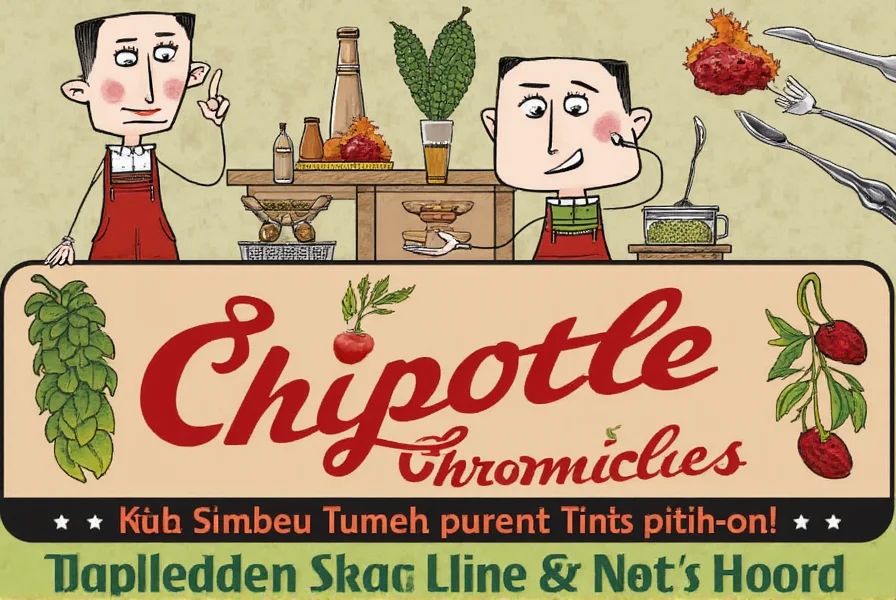

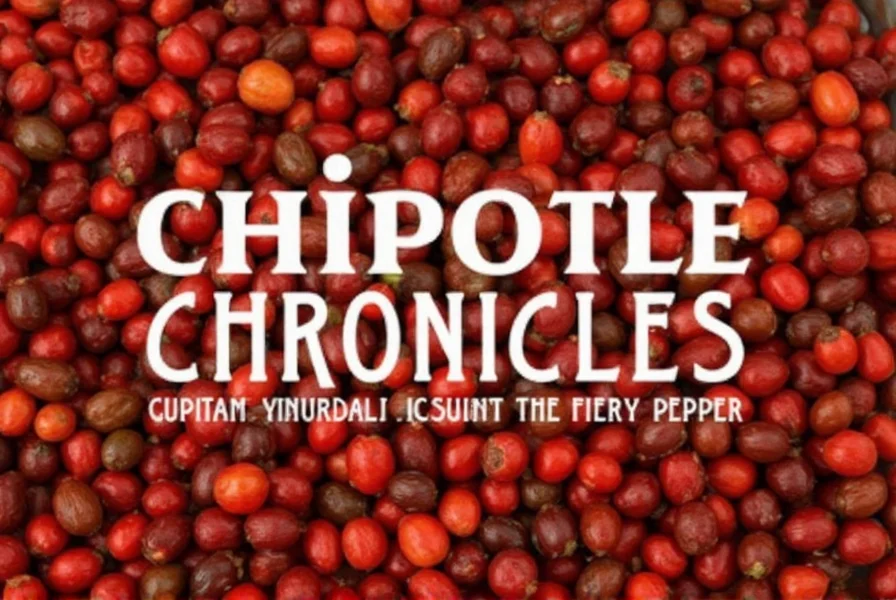









 浙公网安备
33010002000092号
浙公网安备
33010002000092号 浙B2-20120091-4
浙B2-20120091-4